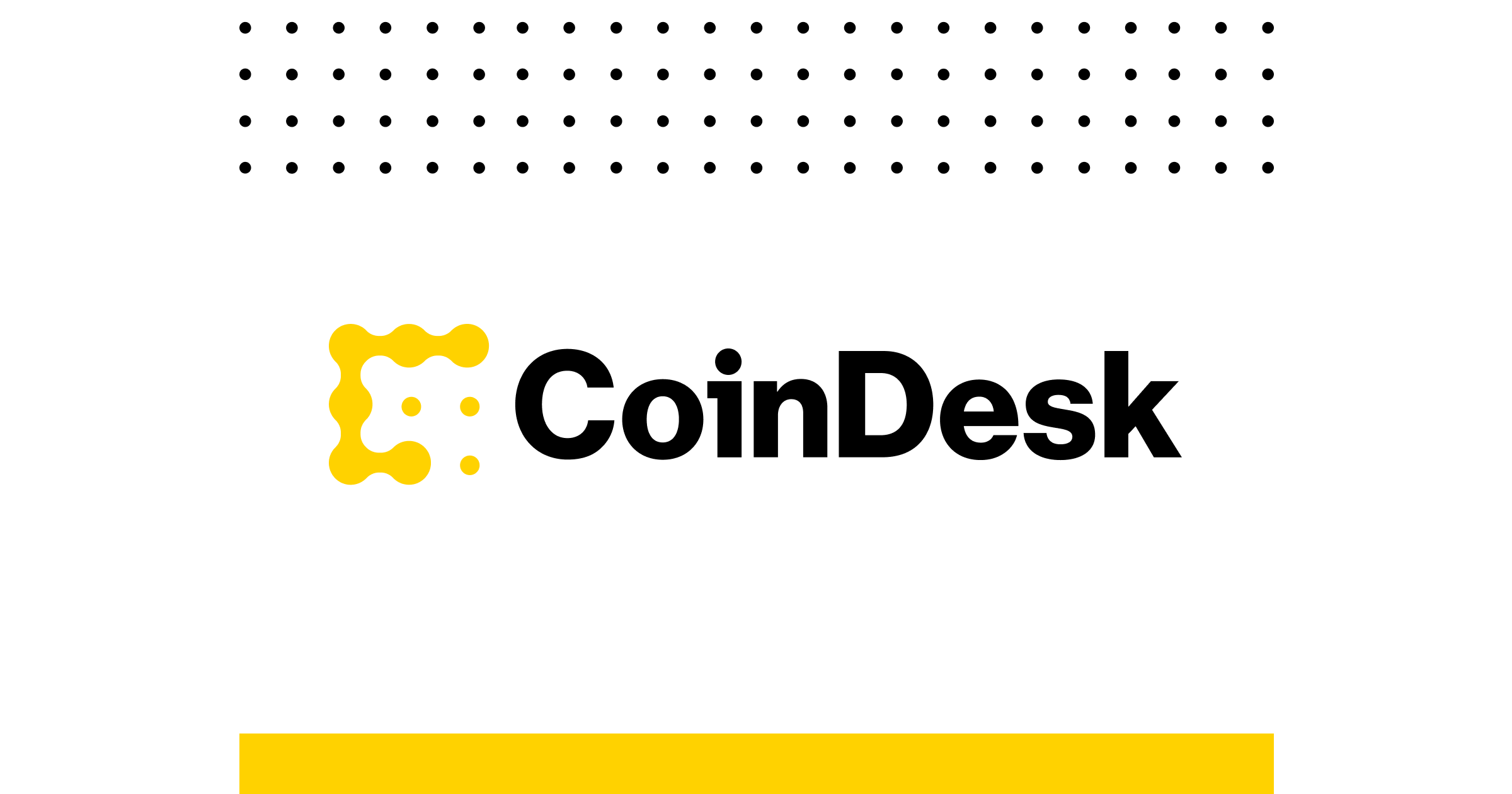Tether, Circle to Face Intense Competition as TradFi Enters the Arena, Fireblocks Says


Tether and Circle are gearing up to face fierce competition as traditional financial institutions, known as TradFi, step into the stablecoin arena, according to insights shared by Fireblocks.
In a strategic analysis by Ran Goldi, Senior Vice President of payments at Fireblocks, it is revealed that the landscape of stablecoin issuance is poised for significant expansion. Goldi predicts the emergence of around 50 new stablecoins throughout the current year as banks and payment companies begin to venture into this sector with evolving regulatory frameworks allowing their entry.
Ran Goldi highlights that this next phase will witness a diverse array of players entering the stablecoin market. Besides established banks, smaller financial entities and incumbent payment firms are also contemplating ways to incorporate stable tokens into their operational models.
Goldi emphasizes the progression of the stablecoin industry through different phases. Initially, there was a showdown between USDC and BUSD issued by Paxos in collaboration with Binance. Subsequently, due to regulatory requirements, BUSD had to be discontinued allowing Circle’s USDC to gain prominence. However, Paxos has now regrouped with its new USDG consortium gaining traction and potentially shaping the future landscape.
Tether, Circle to Face Intense Competition as TradFi Enters the Arena, Fireblocks Says
Ran Goldi, SVP of payments at Fireblocks, reviews the strategic moves as stablecoin issuers look to corner the market.
- Banks and payment firms are set to enter the stablecoin industry as regulations evolve to make that possible.
- Ran Goldi, SVP of payments at Fireblocks, said he expects to see as many as 50 more stablecoins by the end of this year.
Reflecting on the international market scenario, Goldi notes challenges faced by USDC following Silicon Valley Bank's issues while crediting USDT for its global growth momentum. He foresees Circle putting up a strong fight against USDT given its track record in navigating such competitive environments in the past.
An interesting distinction pointed out is that while USDC operates under MiCA regulations granting access to 27 European Union countries encompassing approximately 450 million residents, USDT lacks this authorization.

Stablecoins have become increasingly essential for facilitating smooth transactions within cryptocurrencies amidst their inherent price volatility. With decentralized finance (DeFi) expanding rapidly, demand for dollar-pegged coins has surged significantly.
Looking back at crypto’s evolution reveals how payment service providers (PSPs) have adapted over time to cater to various needs within this dynamic ecosystem. The rise of business-to-business PSPs like Bridge and others underscores a shift towards stability-focused transactions in crypto spheres.
Moreover, there is growing interest from banks like Braza Bank in Brazil or BTG Bank and DBS in Singapore who are exploring using stablecoins for cross-border payments among their business clientele. This shift signals a broader adoption trend that many financial institutions are currently considering and strategizing around as they look towards incorporating stablecoins into their operational frameworks moving forward.
Growth in international payments
Stablecoins grew to prominence as an essential way of moving money between volatile cryptocurrencies, meeting a particular need given the industry’s shortage of fiat on and off ramps. Dollar-pegged coins of various sorts blossomed further with the explosion of decentralized finance (DeFi).

Looking further back, the early days of crypto show an evolution of payment service providers (PSPs), starting with those who wanted to use cryptocurrencies to settle their bills. This was followed by a second wave of business-to-business PSPs like Bridge, recently acquired by Stripe, and Zero Hash, Alfred Pay, Conduit and others.
“Some of these PSPs are firms you may not have heard much about, but they are actually moving billions in stablecoins, servicing businesses to pay to other businesses most of the time,” Goldi said. He pointed out that less than 20% of Fireblocks’ total transaction volume was stablecoins in 2020, increasing to some 54% last year.
For a typical use case, consider an importer in Brazil that wants to bring in a container and pay someone in Turkey or in Singapore. It takes the Brazilian reals, converts them to a stablecoin, and either sends the funds directly to the exporter or changes them to the destination currency and pays with that, Goldi said.
Some banks have already caught on to the cross-border payments use case, with the likes of Braza Bank in Brazil, BTG Bank and DBS in Singapore catering to business clients with accounts that support stablecoins. Others are still weighing the best use case for them.
Based on those conversations, Goldi said he believes most of the banks are writing strategic plans that will probably be submitted by the end of this quarter.



